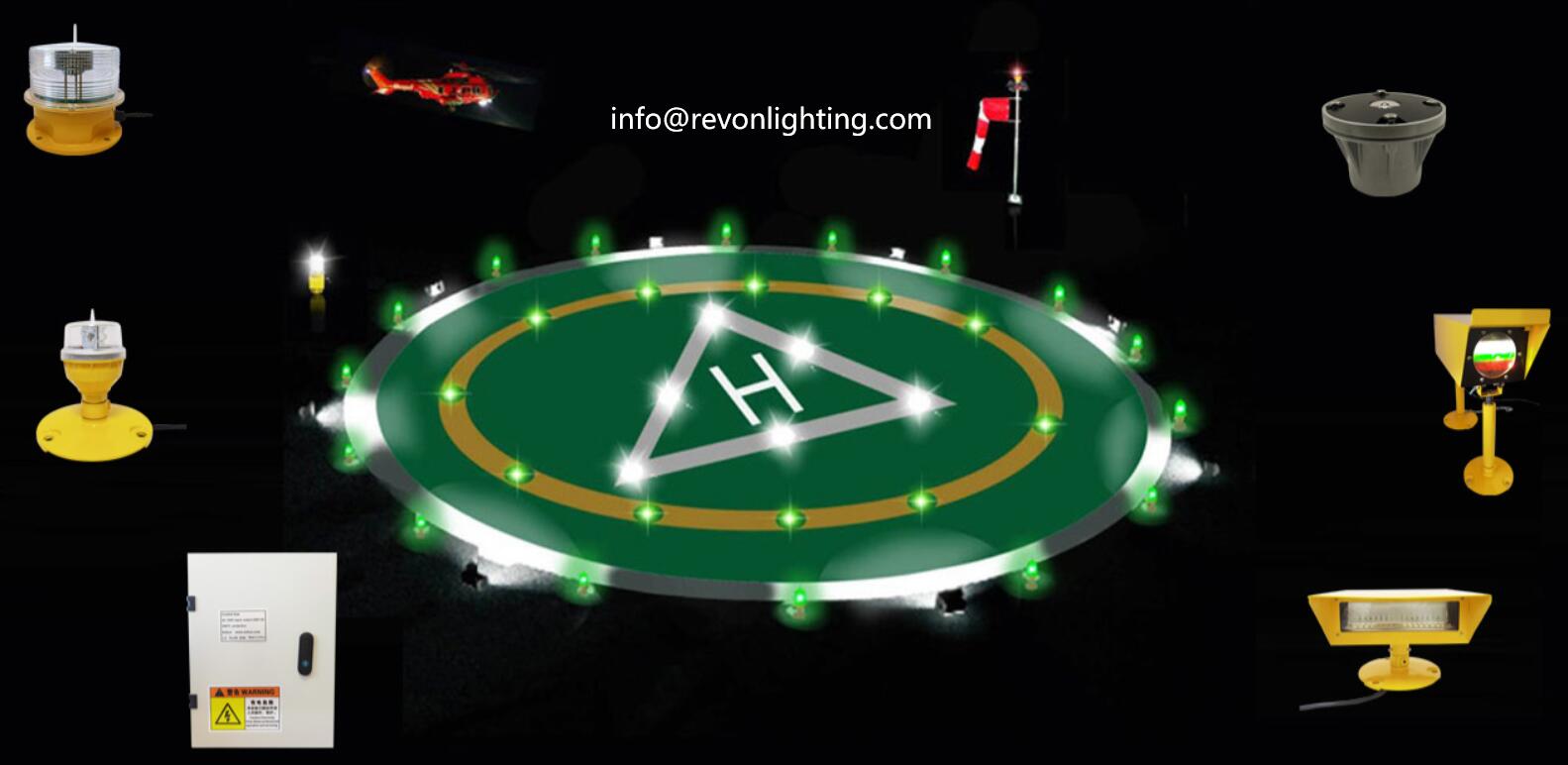Lighting System for Heliports: Enhancing Safety and Visibility
Introduction:
A well-designed lighting system is crucial for the safe and efficient operation of heliports. It aids pilots in navigating during both day and night, improving visibility and minimizing the risk of accidents. This article will delve into the significance, features, and benefits of a lighting system for heliports in enhancing safety and visibility.
Significance of Lighting System for Heliports:
Safety: Heliports are often located in complex environments, including urban areas or offshore platforms. A robust lighting system ensures that the landing and takeoff areas are clearly visible to pilots, enabling them to maneuver safely in various weather conditions and terrains.
Visibility: Proper lighting enhances the visibility of the heliport, making it easier for pilots to locate and approach the designated landing area. It also helps pilots distinguish obstacles, such as nearby buildings or power lines, minimizing the risk of collision.
Features of Lighting System for Heliports:
Approach Lighting: Approach lighting is designed to guide pilots during the final stages of landing. These lights are typically placed along the flight path leading to the heliport, providing pilots with visual cues for alignment and descent.
Perimeter Lighting: Perimeter lighting is installed around the heliport to define its boundaries. These lights help pilots identify the landing area and maintain proper spatial orientation.
Touchdown and Liftoff Area (TLOF) Lighting: The TLOF, the designated area for helicopters to land and take off, is equipped with specialized lighting. These lights provide pilots with a clear visual reference during critical phases of flight, ensuring precise movements and reducing the risk of accidents.
Windsock Lighting: Windsocks are used to indicate wind direction and velocity. Illuminated windsocks enable pilots to easily observe wind conditions, assisting them in making informed decisions during takeoff and landing.
Benefits of Lighting System for Heliports:

Enhanced Safety: A well-designed lighting system increases the overall safety of heliport operations. It allows pilots to accurately judge distances, align their approach, and avoid potential hazards, improving situational awareness and minimizing the risk of accidents.
Improved Efficiency: Proper lighting ensures that heliports can operate during low-light or nighttime conditions, maximizing operational availability. This enables efficient response times for emergency medical services, search and rescue operations, and other time-sensitive missions.
Regulatory Compliance: Adequate lighting is essential for heliports to comply with aviation regulations and standards. By fulfilling lighting requirements, heliport operators can maintain their certifications and ensure safe operations.
| Lighting System for Heliports | Lighting System for Heliport |
Conclusion:
The lighting system for heliports plays a critical role in enhancing safety, visibility, and efficiency. By providing clear visual cues and improving situational awareness for pilots, it enables them to operate in a range of conditions and terrains. A well-designed lighting system ensures the safe and successful operation of heliports, supporting various industries such as emergency medical services, offshore operations, and aerial firefighting. As technology advances, innovative lighting solutions continue to be developed, further improving safety and visibility in heliport operations.